Ever since 1722, when the a Dutch explorer, Jacob Roggeveen became the first European and the first documented outsider to visit the island. The world has held a strong fascination with the statues and the Rapanui people ever since.
Europeans could not understand how they had got to the island and why they spent so much of their time and resources on creating such labour intensive objects.
Oral history is unreliable and scarce and the only writing on the island was in a form known as Rongorongo which has never been successfully translated and specimens of this are rare, so there is no reliable written records that can be used to enlighten us.
The moai and the ahus can be found all around the coast though the greatest numbers of moai are found on the southeast coast. These moai are more uniform in style and thought to have been created, transported and placed in situ from AD 1100 to AD 1600 so in historical and archaeological terms they are fairly recent.
In Rapanui tradition the moai transmitted spiritual energy from their ancestors called ‘mana.’ It is believed that each clan competed for this ‘mana’ creating bigger and better moai, which also increased their power, prosperity and status. The moai are thought to represent the holiest or most powerful members of each clan’s ancestors who bestowed their mana on living tribal leaders as well as the land.
The volcanic crater of Rano Raraku was the largest moai production centre which still contains finished works and works in various stages of carving. It is believed that each moai was created by a team of specialist stone sculptors under the supervision of a master sculptor. The team and the master were highly regarded in Rapa Nui society.
A team may have as many as 15 members who would begin the task using basalt picks to carve out a rectangular block of volcanic tuff. When they had a rough outline of the figure the master sculptor and his most trusted assistants would then carve in the details such as the face and head.
The statues all have elongated features such as heads, nose, and ears and despite their uniformity of characteristics they are thought to represent specific individuals. They all have male features and are thought to represent great chiefs or other important men such as priest or warriors. According to Jo Anne Van Tilburg, Archaeologist, their purpose may have been to act as a communication channel and mediators between the spirit world and the world of humans.
On the heads of some of the moai were topped with huge solid cylinders of red stone like a hat though they could have bee representing a headdress or hairstyle. Some of the moai also had eyes that were fitted after they were placed in situ.


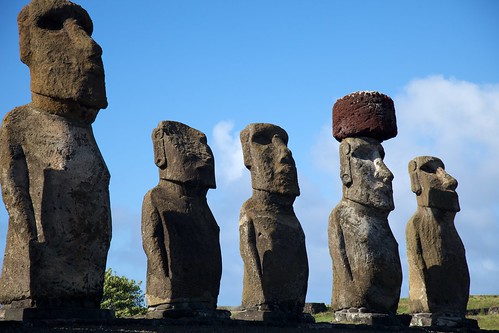
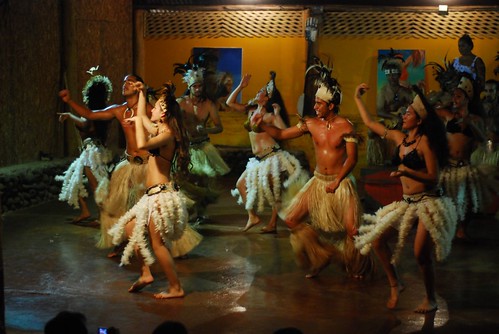















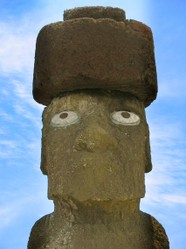

 Celebrating the life and music of Sandy Dennyon 05/03/2012
Celebrating the life and music of Sandy Dennyon 05/03/2012
 The wonders of our Solar Systemon 03/22/2012
The wonders of our Solar Systemon 03/22/2012
 Orca Whales - Wolves of the Seaon 01/18/2012
Orca Whales - Wolves of the Seaon 01/18/2012
 Bob Marley - Reggae Legend, Rasta Prophet.on 10/03/2011
Bob Marley - Reggae Legend, Rasta Prophet.on 10/03/2011

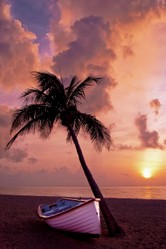
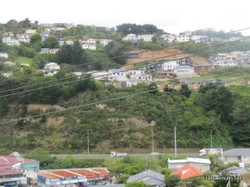
Comments
They were pretty clever people! Thanks for commenting.
Great article about the Moai, such fascinating creations. I love the way people keep trying figure out how they "walked" them from Rano Raraku to their ahus.
Sheri, thanks so much your comments are greatly appreciated!
What an amazing article!!! So much here.
Thank You!
Fascinating article! I love a good mystery!